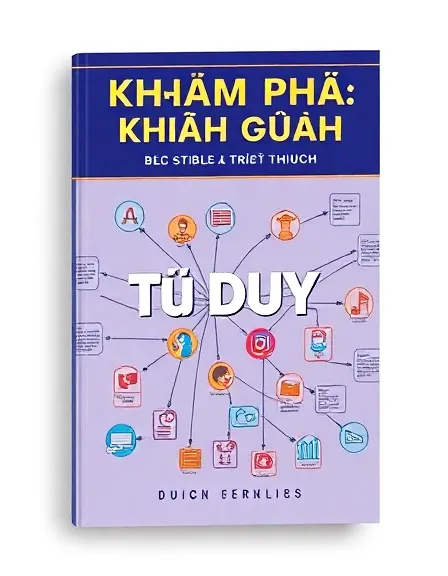Đọc Triết Thích
Biography
Aspiring Author
Reviews Summary
4.3
Rating Breakdown
3 total ratings
Aspiring Author
4.3
Rating Breakdown
3 total ratings
This introductory chapter felt like a friendly chat about thinking. I liked how it explained why thinking is so important for kids. The idea of mind maps being like a "master key" is a nice way to put it. It made me curious about how the author will teach these concepts further. The chapter doesn't really end on a cliffhanger, but it does make me want to learn more. I'm definitely interested in reading the rest to see how it unfolds. The concepts are presented clearly, but I'm hoping for more examples in later chapters. It's a good start for a book aimed at helping children think better. The promise of making learning an adventure is appealing. I'm curious to see if the rest of the book lives up to this introduction.
This first chapter really drew me in with its clear and encouraging approach to thinking. The author's ability to explain complex ideas like critical thinking and mind maps in such an accessible way is impressive. I appreciated how the chapter emphasized the practical benefits of thinking skills for children. The introduction of mind maps felt like a natural and exciting progression for young learners. The opening sets up an intriguing premise for a book that promises to be both educational and fun. I'm definitely interested in reading the rest to see how these concepts are further developed. The author's voice is supportive, making it feel like a friendly guide for young minds. This chapter effectively communicates the value of the full book and makes it worth upgrading to read the complete version.
This first chapter really drew me in with its inviting introduction to thinking. The explanation of thinking as a "master key" is presented in a wonderfully accessible way for young readers. I found the emphasis on questioning and creativity particularly strong. The introduction to mind maps feels like a practical and exciting tool for children. I'm definitely interested in reading the rest of this book to see how these concepts unfold. The author's passion for empowering children through these skills is clear. It successfully makes the idea of learning and problem-solving feel like an adventure. I'm curious to see the stories and exercises that will follow this introduction. The opening sets up an intriguing premise for helping children navigate their thoughts. This chapter makes me believe the full book will be a valuable resource for young minds.
